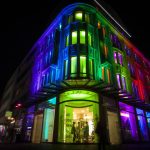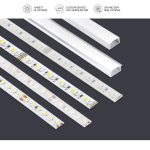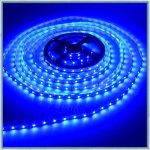Optimizing Growth: How Much LED Light Do Your Plants Need?
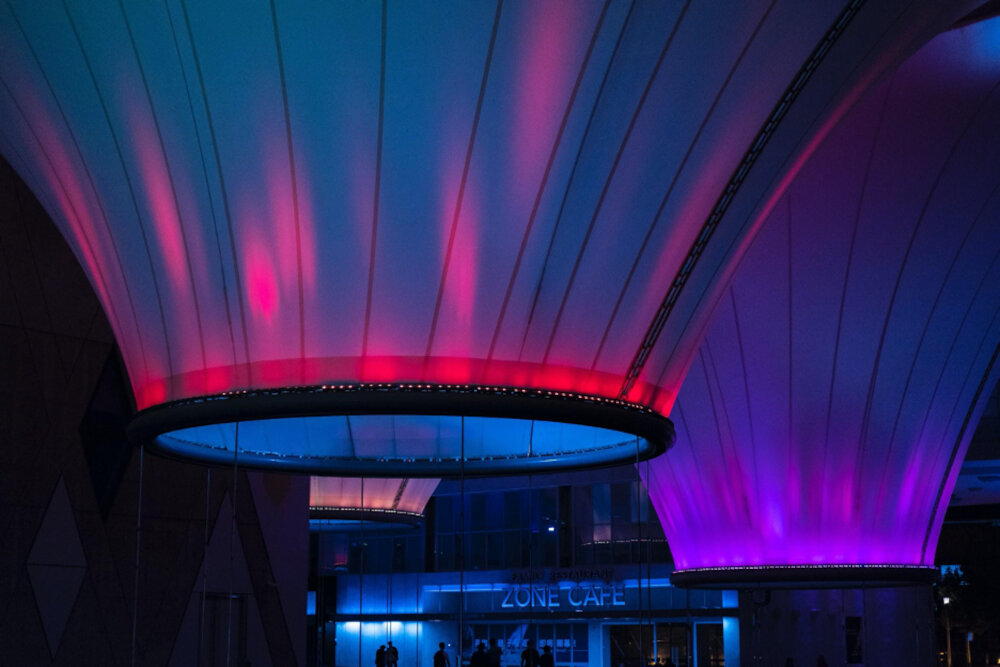
Plants are essential for life on earth, and their growth plays a crucial role in maintaining the balance of the ecosystem. It is no wonder that people have been fascinated with the idea of growing their own plants for centuries. In recent years, indoor gardening has become increasingly popular, and LED lights have become a popular tool for optimizing plant growth. However, the question remains, how much LED light do your plants need to thrive?Optimizing plant growth is a complex process that involves several factors, including light, water, nutrients, and temperature. Among these factors, light is one of the most crucial elements that affect plant growth. LED lights have become a popular choice for indoor gardening because they are energy-efficient, easy to use, and provide the ideal spectrum of light for plants. However, the amount of light required for optimal plant growth can vary depending on the plant species, growth stage, and environmental conditions. Therefore, it is essential to understand how LED lights work and how to use them effectively to promote plant growth.
LED light, or light-emitting diode, is a type of artificial light source that has gained popularity in recent years for its energy efficiency and ability to provide a specific spectrum of light. In terms of plant growth, LED lights have proven to be highly beneficial due to their ability to emit wavelengths of light that are specifically needed for photosynthesis. This means that plants can receive the exact amount and type of light they need to grow and thrive, without wasting energy on excess light that they cannot use. LED lights are also highly customizable, allowing growers to adjust the spectrum and intensity of light to suit the specific needs of their plants. Overall, the significance of LED light in plant growth cannot be overstated, as it provides a highly efficient and effective way to optimize plant growth and yield.
Knowing the right amount of LED light for plants is crucial for optimizing their growth and promoting healthy development. Different plants have varying light requirements, and providing too much or too little light can be detrimental to their health. Insufficient light levels can lead to stunted growth, while excessive light can cause leaf scorching and heat stress. By understanding the specific light needs of your plants, you can ensure that they receive the appropriate amount of light for optimal growth and yield. This can be achieved by using advanced LED lighting systems that provide the right spectrum and intensity of light, while also being energy-efficient and cost-effective. With the right amount of LED light, you can help your plants thrive and achieve their full potential.
Understanding LED Light for Plants

LED lights have become increasingly popular in recent years in the world of horticulture due to their ability to provide plants with the necessary light spectrum for optimal growth. Plants require a specific range of light wavelengths in order to photosynthesize and grow properly. While traditional fluorescent and incandescent lights may emit some of these wavelengths, LED lights are able to provide a more targeted and efficient spectrum. LED lights are also more energy-efficient and have a longer lifespan than traditional lighting options, making them a cost-effective choice for indoor plant growers. When selecting LED lights for plants, it is important to consider the specific light spectrum that your plant requires. Different plants have different light requirements, with some plants requiring more red wavelengths and others requiring more blue wavelengths. It is also important to consider the intensity and duration of the light exposure, as too much or too little light can have negative effects on plant growth. By understanding the specific light needs of your plants and selecting the appropriate LED lighting, you can create an optimal growing environment and promote healthy and robust plant growth.
LED lights have been found to be highly effective in promoting plant growth due to their ability to provide specific wavelengths of light that can be easily absorbed by plants. Blue and red light wavelengths are particularly important in this regard, as they are known to stimulate photosynthesis, which is a critical process for plant growth. By providing plants with the right balance of blue and red light, LED lights can help to increase plant growth rates, enhance leaf development, and even improve overall plant health. Additionally, LED lights are highly energy-efficient, making them an excellent choice for growers who are looking to optimize their plant growth without having to worry about high energy bills. Overall, LED lights are a powerful tool in the world of plant growth, and they offer a range of benefits that can help growers to achieve their goals more effectively.
When it comes to LED lights for plants, there are several types to choose from, each with their own benefits. First, there are red LED lights, which are essential for the flowering and fruiting stages of a plant’s growth. Blue LED lights, on the other hand, are crucial during the vegetative stage of growth, as they promote the development of leaves and stems. Full-spectrum LED lights, which emit a range of wavelengths, are ideal for providing plants with all the light they need throughout their growth cycle. Additionally, there are specialized LED lights that emit UV and IR wavelengths, which can enhance plant growth and promote higher yields. Ultimately, the type of LED light you choose will depend on the specific needs of your plants and the stage of growth they are in.
The absorption of LED light by plants is influenced by several factors. The first factor is the quality of light emitted by the LED. Plants absorb different colors of light at different wavelengths, and some colors are more effective than others. For example, blue light is essential for vegetative growth, while red light is crucial for flowering and fruiting. Secondly, the intensity of the LED light also affects plant growth. Plants require a specific amount of light intensity for optimal growth, and an excess or a shortage of light may cause stunted growth, yellowing of leaves or even death. Lastly, the duration of the LED light exposure also determines plant growth. Different plants have varying photoperiodic requirements, and it is important to provide the appropriate duration of light exposure to ensure healthy growth.
Measuring LED Light for Plants

LED lights have become increasingly popular in recent years for growing plants indoors. However, it is essential to understand how to measure the amount of light your plants need to grow optimally. One way to measure the amount of LED light your plants need is to determine the photosynthetic photon flux density (PPFD). PPFD is the amount of light that reaches the plant’s leaves, and it is measured in micromoles per square meter per second (µmol/m²/s). The PPFD required for different plants varies based on their species, growth stage, and growth environment. Therefore it is crucial to research the PPFD requirements for your plants to ensure they receive the appropriate amount of light. Another way to measure the LED light required for your plants is to determine the daily light integral (DLI). DLI is the total amount of light that reaches the plant’s leaves in a day and is measured in moles per square meter per day (mol/m²/d). DLI is essential to measure because some plants require a specific amount of light exposure, while others need a more extended period of light exposure. By measuring DLI, you can ensure that your plants receive the appropriate amount of light they need to thrive, ultimately leading to optimal growth. In conclusion, measuring LED light for plants is crucial to ensure that they receive the optimal amount of light for growth. By determining the PPFD and DLI requirements for your plants, you can ensure that they receive the appropriate amount of light exposure to grow healthy and strong.
Measuring LED light for plants is crucial to optimize their growth and development. Light is one of the most important factors for photosynthesis, which is the process that allows plants to convert light energy into chemical energy. Therefore, it is essential to measure the intensity, spectrum, and duration of LED light to ensure that plants receive the right amount of light they need for optimal growth. Too much or too little light can cause stunted growth or even death of the plant. Measuring LED light for plants also helps to adjust the lighting conditions to match the specific requirements of different plant species, making it easier to grow plants indoors or in areas with limited natural light.
To accurately measure the amount of LED light your plants are receiving, there are several tools you can use. One option is a PAR (Photosynthetically Active Radiation) meter, which measures the intensity of light in the spectrum that plants use for photosynthesis. Another tool is a lux meter, which measures the total amount of visible light in a given area. However, it’s important to note that lux meters may not give an accurate reading for LED lights, as they are designed to measure traditional light sources. In addition to these tools, some LED grow lights come with built-in sensors that can monitor the intensity and spectrum of light being emitted. By using these tools, you can ensure that your plants are receiving the optimal amount of light for growth and health.
Optimizing growth through LED lights is a popular practice in modern horticulture. The amount of LED light needed for different plants varies depending on their species, growth stage, and environmental factors. For example, leafy greens such as lettuce or spinach require a light intensity of 200-400 µmol/m²/s, whereas flowering plants like tomatoes or peppers need 600-800 µmol/m²/s. Succulents or cacti can thrive with as little as 100 µmol/m²/s. Additionally, the duration of light exposure should be taken into account, as some plants require up to 18 hours of light per day, while others only need 12 hours. Properly adjusting the LED light levels can enhance plant growth, improve yield, and shorten the growth cycle, ultimately leading to a more efficient and profitable horticultural operation.
Factors Affecting LED Light Requirements for Plants

Light is an essential element for plant growth, and LED lights have been found to be effective in supplementing natural light sources. However, the amount of LED light required for optimal plant growth depends on several factors. One of the critical factors is the type of plant being grown. Different plants have varying light requirements, and it is crucial to understand the specific needs of each plant to ensure they receive the optimal amount of light. For instance, plants that grow in sunny locations require more light than those growing in shaded areas. Similarly, plants that require full sun exposure need more LED light than those that prefer partial shade. Another factor that affects LED light requirements for plants is the growth stage of the plant. During the vegetative stage, plants require more blue light, which helps in promoting leaf development. On the other hand, during the flowering stage, plants require more red light, which aids in flower development. Therefore, it is essential to adjust the LED light requirements depending on the growth stage of the plant. Other factors that may affect LED light requirements for plants include the size of the plant, the distance between the LED light and the plant, and the duration of light exposure. Understanding these factors is critical in optimizing plant growth and ensuring that plants receive the right amount of LED light for optimal growth.
Plant species and growth stage are crucial factors that determine the amount of LED light required for optimal growth. Each plant species has its specific light requirements, which vary based on the plant’s natural habitat and environmental conditions. The growth stage of the plant also plays a crucial role in determining the optimal LED light intensity and duration. For instance, seedlings require less light than mature plants, and flowering plants require a different spectrum of light than vegetative plants. Therefore, it is essential to understand the light requirements of each plant species and its growth stage to optimize growth using LED lights.
Environmental conditions play a crucial role in the growth and development of plants. Among various environmental factors, light is one of the most important for plant growth, as it is essential for photosynthesis. In recent years, LED lights have become increasingly popular for indoor plant growth due to their energy efficiency and long lifespan. However, the amount of LED light needed for optimal plant growth varies depending on the plant species, growth stage, and other environmental conditions such as temperature and humidity. Therefore, it is important to carefully monitor and adjust the LED light intensity and duration to ensure that plants receive the optimal amount of light for their growth and development.
Lighting duration and intensity are critical factors in optimizing plant growth under LED lights. The amount of light a plant receives directly influences its rate of photosynthesis, which in turn affects its growth and development. Ideally, plants should be exposed to light for 12 to 16 hours a day, depending on their species and growth stage. It is important to note that the intensity of the light should be adjusted according to the distance between the light source and the plants to avoid bleaching or burning. By maintaining an appropriate balance between lighting duration and intensity, growers can ensure maximum plant growth and yield under LED lights.
Tips for Optimizing LED Light for Plant Growth
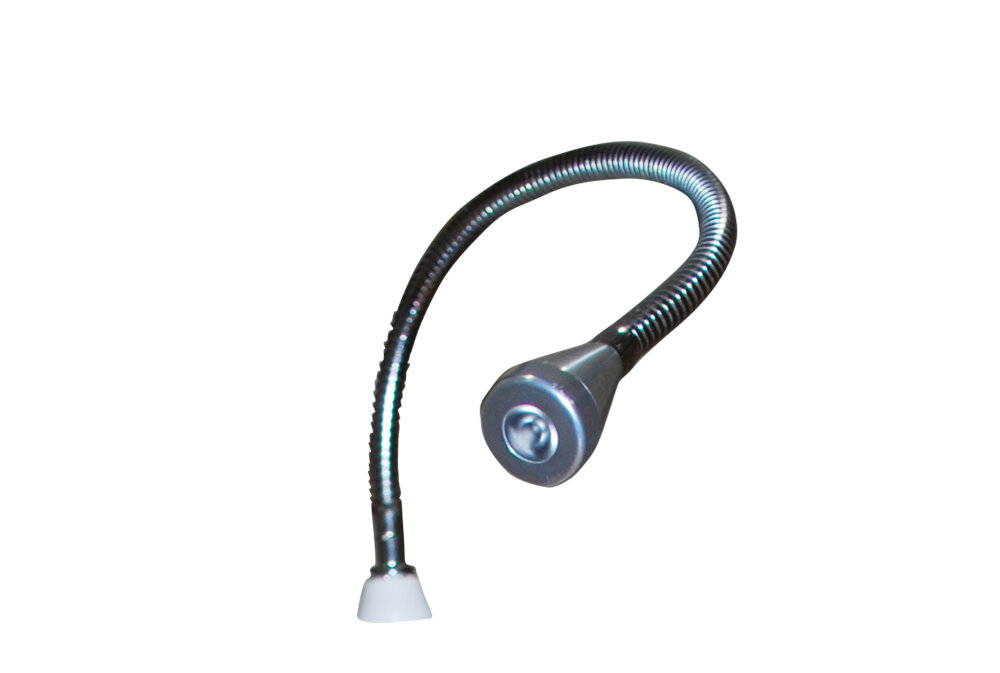
When it comes to optimizing LED light for plant growth, there are several tips that can help you get the most out of your setup. Firstly, it’s important to choose the right type of LED light for your plants. Different plants require different types of light, so it’s essential to research which spectrum of light is best for the plants you’re growing. For example, blue light is beneficial for vegetative growth, while red light is essential for flowering and fruiting. Additionally, some LED lights have adjustable spectrums, allowing you to customize the light output to the specific needs of your plants. Another important factor to consider is the intensity of the LED light. The intensity of the light is measured in lumens, and it’s crucial to ensure that your plants are getting the right amount of light. Too much light can be damaging to your plants, while too little light can stunt their growth. In general, plants require around 1000-2000 lumens per square foot of growing space, but this can vary depending on the type of plant and the stage of growth. It’s also important to ensure that the LED light is positioned correctly, as this can affect the intensity of the light that reaches your plants. By following these tips, you can optimize your LED light setup for maximum plant growth and health.
Choosing the right LED light for your plants is crucial to ensure optimal growth and development. When selecting LED lights, it is important to consider the specific needs of your plants. Different plants require different wavelengths of light, so it is important to choose a light that provides the right spectrum for your plants. Additionally, you should consider the intensity and duration of the light. Some plants require more light than others, and the duration of the light exposure can also impact growth. Finally, you should consider the quality and efficiency of the LED lights. High-quality LED lights can provide more energy-efficient and long-lasting lighting solutions for your plants. By carefully selecting the right LED light for your plants, you can help ensure that they receive the light they need to thrive.
Adjusting LED light levels based on plant needs is crucial in optimizing plant growth. Different plants require varying levels of light intensity, duration, and quality for photosynthesis and growth. LED light systems provide a flexible option for adjusting light levels to suit plant needs, as they can be programmed to deliver specific wavelengths and intensities of light. By measuring the photosynthetic photon flux density (PPFD), growers can determine the ideal light levels for different plant stages and adjust their LED systems accordingly. The use of LED lights in agriculture is becoming increasingly popular due to their efficiency, low heat emission, and long lifespan. By tailoring LED light levels to the specific needs of each crop, growers can optimize growth, increase yields, and reduce energy costs.
Monitoring and maintaining LED lights for plants is a crucial aspect of optimizing plant growth. It is important to ensure that the LED lights provide the appropriate spectrum and intensity of light necessary for the stage of growth the plant is in. Regularly checking the distance between the LED light and the plants, as well as adjusting the height and angle of the light, can help prevent damage or burning of the plants. Additionally, monitoring the temperature and humidity levels of the environment can help ensure that the plants are receiving optimal growing conditions. By taking the time to carefully monitor and maintain LED lights for plants, growers can help promote healthy and robust growth, leading to a successful harvest.
Plant growth is heavily dependent on sunlight, which provides the necessary energy for photosynthesis. However, not all plants have access to sufficient sunlight, especially those grown indoors. This is where LED lights come in as an effective alternative to natural sunlight. LED lights provide a spectrum of light that is specifically tailored to meet the needs of plants for optimal growth. Plants absorb red and blue light most efficiently, and LED lights provide these wavelengths in high enough quantities to stimulate photosynthesis. Furthermore, LED lights are energy-efficient, long-lasting, and can be customized to cater to the specific needs of different plant species. Overall, the importance of LED lights for plant growth cannot be understated, especially for indoor gardening, where natural sunlight is not always available.
The demand for optimizing LED light for plant growth is growing rapidly as the world population increases, and the need for sustainable agriculture practices becomes more critical. The use of LED lights has revolutionized the way we grow plants, offering an efficient and cost-effective alternative to traditional methods. However, to achieve the desired results, it is crucial to optimize the light spectrum, intensity, and duration. By understanding the specific needs of each plant species, we can fine-tune the lighting conditions to maximize growth, yield, and quality. Furthermore, this technology can be used in various settings, from urban agriculture to commercial greenhouses, providing a scalable solution to the global food challenge.
In conclusion, LED lights have revolutionized the way we grow plants indoors. They have made it possible to cultivate plants that would otherwise not thrive due to lack of natural light. In order to maximize plant growth, it is important to understand the different wavelengths of light and how they affect plant growth. It is also important to ensure that the plants receive the right amount of light, not too much or too little. Plant enthusiasts should invest in high-quality LED lights that provide the right spectrum of light for their plants. Additionally, they should keep track of the amount of light their plants receive and adjust accordingly. With the right care and attention, plants grown under LED lights can thrive and flourish, bringing joy and beauty to any indoor space.
Conclusion
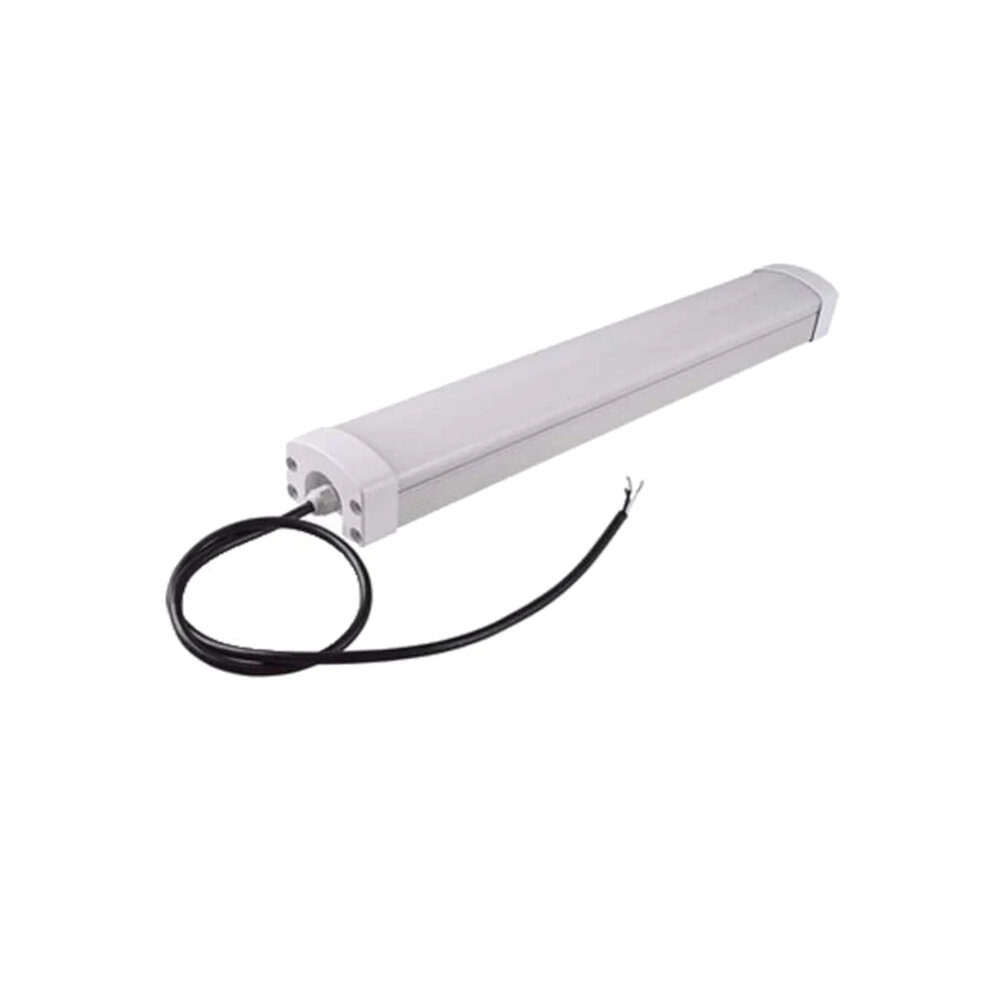
In conclusion, optimizing growth for plants is crucial, and understanding the amount of LED light plants require is a crucial factor in achieving optimal growth. The right amount of LED light helps plants to photosynthesize efficiently, leading to healthy growth and development, while insufficient or excessive LED light can lead to stunted growth, reduced yields, and even damage to the plant. Therefore, it is important to determine the appropriate amount of LED light needed for specific plants and adjust accordingly. By doing so, plant growers can ensure that their plants receive the right amount of light, leading to healthy and thriving plants.

